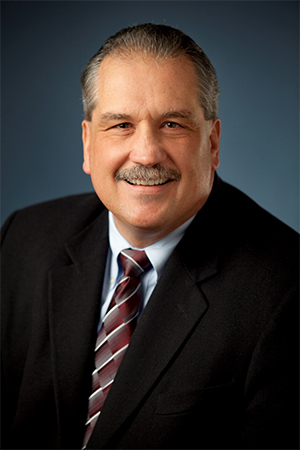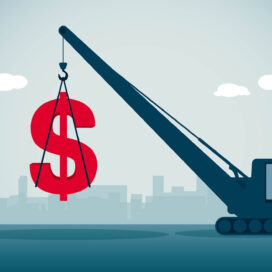What Uber needs more than driverless beer trucks
Published: October 26, 2016 / Author: Timothy Carone

One problem with technology is that sometimes what appears to be a great solution fails to live up to the hype. Take the buzz around “driverless” cars and aircraft, for instance.
For years, driverless cars were in the research and development areas of companies like Google and Tesla. They are just now transitioning out of R&D and into operational or engineering developments.
There are still significant limitations with broad deployment of self-driving cars — Uber’s new “driverless” cars in Pittsburgh have humans behind the wheel — but they are approaching a level of operational maturity that enables them to address a huge problem: the 100 fatalities and 10,000 injuries a day caused by car accidents in the U.S.
Uber, like other companies, has been experimenting with driverless cars.
The problem is that while there is a good case for driverless cars and planes, it is harder to justify a need for driverless trucks, especially in urban environments, where their operations are impaired by complex traffic patterns, single-lane streets with many obstacles on either side and pedestrians who are unpredictable.
And nowhere is this mismatch between the technology “solution” and the “problem” at hand more obvious than with the recent announcement by Uber of driverless beer trucks.
To be sure, automated beer delivery makes for a catchy headline, but safety demands that we take a closer look. Unlike cars, driverless trucks have undergone only limited testing — under ideal conditions, and for relatively few miles. This is important, because the artificial intelligence behind driverless trucks is proving more difficult to develop than similar software for driverless cars.
Uber’s beer truck may be a good start, but no company should expect that much of their long-haul trucking fleet will be driverless in 5-10 years. Truck aerodynamics are more complex than cars because of their size and the variety of loads they can carry. Cars carry humans and a few small items. Trucks carry everything from a load of beer to a load of live cattle.
In short, the work to develop driverless trucks that can be reliably used by companies is far less along than driverless cars. There is no guarantee that the outcome of this development work, and its costs, will lead to commercially useful trucks that are deployed in large numbers.
But there’s a superior alternative to driverless trucks. The research has been done, and the operations are already mature.
Instead of trucks, Uber and Anheuser-Busch InBev should be investing for the future in aerial drones.
Read Carone’s entire article on the CNN website.




